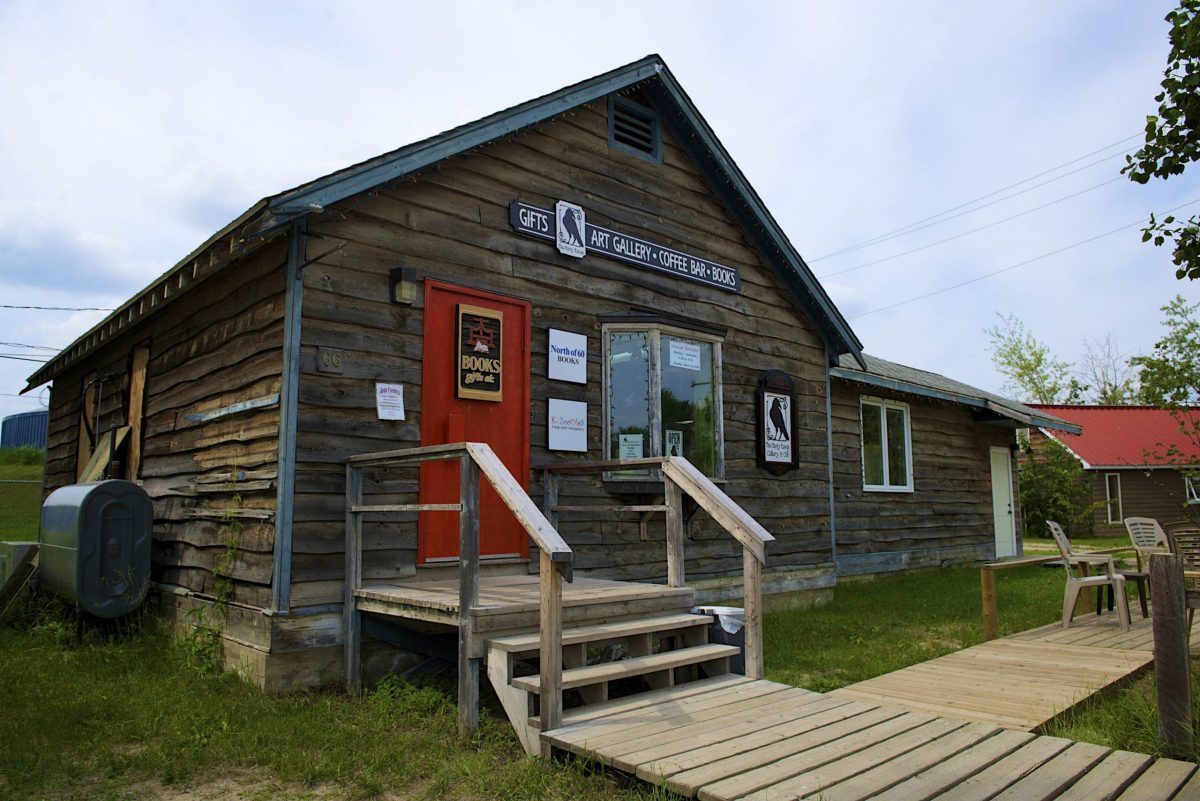It is true to say that Fort Smith has a rich history. To begin with, it is situated at the confluence of the Arkansas and Poteau rivers. The city is located west of Van Buren. Fort Smith is named after General Thomas Smith. It was founded in 1818 as a military garrison to patrol the nearby Indian Territory.
Fort Smith was abandoned seven years later, in 1825. A town had grown up alongside it, founded by John Rogers by that time. In 1839, the fort was re-occupied, and this time it was extended. In 1872, it was once again abandoned.
The Fort Smith National Historic Site, located downtown, includes the ruins of two frontier forts. It also has the Federal Court for the Western District of Arkansas. The location also serves as a reminder of 80 difficult years in the history of federal Indian policy. It truly recalls a key part of America’s westward expansion.
The town of Fort Smith owes its existence to the Slave River’s four sets of severe rapids. The fur traders who settled in the north had to portage around these rapids. On the river’s east bank, portaging was done in three phases. However, it was reduced to a single 16-mile portage on the west bank.
In 1949 a roadway to Hay River was created, and freight was delivered to Great Slave Lake. Freight from the south traveled the Slave River on its journey to the Arctic.
Fort Smith definitely has a story to tell. Tales of warfare, courage, and social justice abound throughout Fort Smith’s history. In Fort Smith, you can walk where troops drilled, stand and think about what happened on the Trail of Tears, and stand where justice was carried out.
Many people made history in Fort Smith. Act and attitudes of courage can serve as both inspiration and lessons to others.

